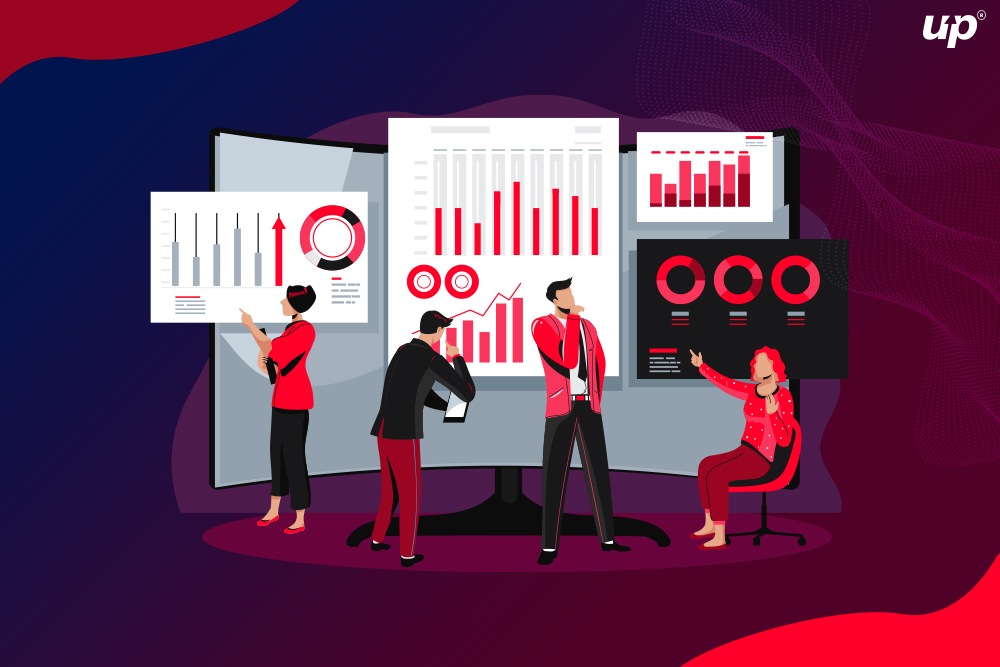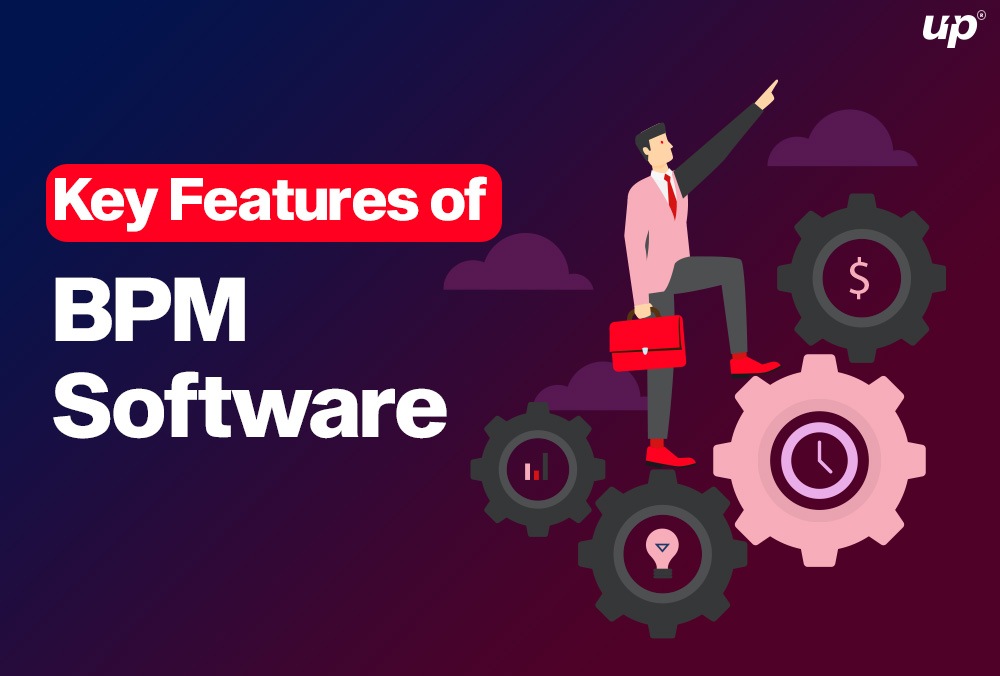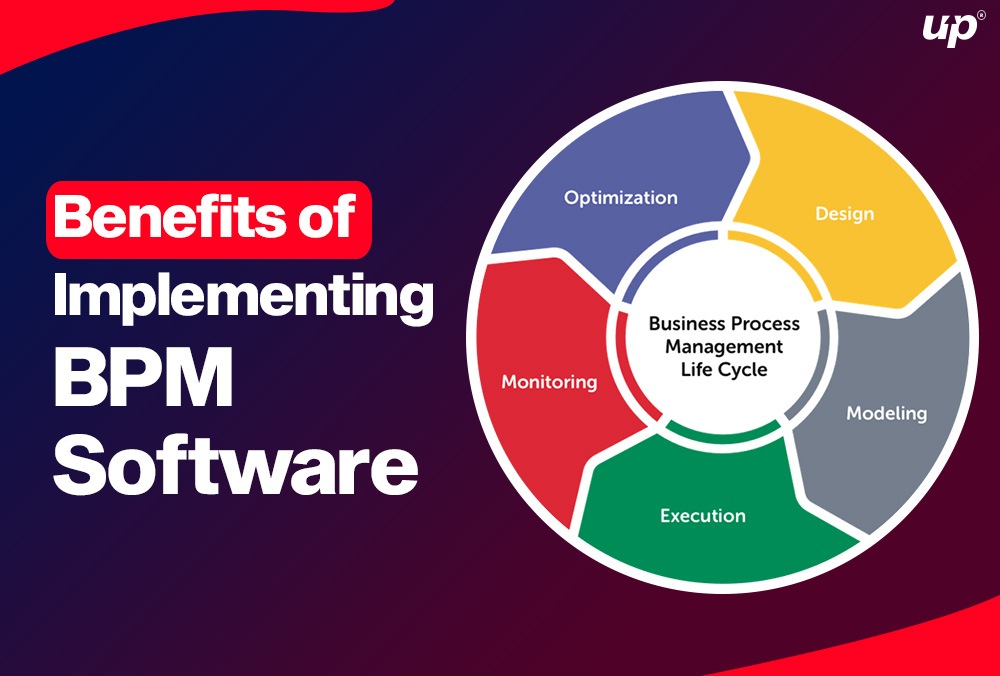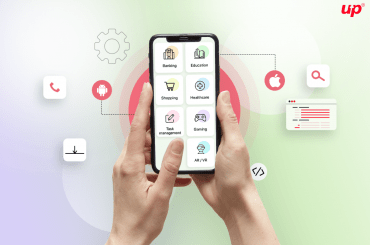
When it comes to the world of business, the ability to adapt to change is crucial for success. Enter Business Process Management (BPM) software – a powerful tool that enables businesses to streamline their processes and ensure smooth operations in today’s fast-paced environment. In this article, we’ll delve into the world of BPM software, explore its various features and benefits, and learn how it can help businesses stay ahead of the curve.
Table of Contents
1. Understanding Business Process Management
2. The Purpose of BPM Software
3. Key Features of BPM Software
4. Benefits of Implementing BPM Software
5. Selecting the Right BPM Software for Your Business
6. Recent News and Case Studies
7. 20 Frequent Q&A About Business Process Management (BPM) Software
8. Conclusion
Understanding Business Process Management
Business Process Management, or BPM, refers to the practice of analysing, designing, implementing, and monitoring business processes to ensure they run efficiently and effectively. These processes can range from simple tasks like invoicing customers to more complex activities such as supply chain management. The goal of BPM is to optimise these processes to help businesses achieve their objectives while minimising costs and maximising productivity.
BPM vs Traditional Workflow Management
BPM should not be confused with traditional workflow management, which focuses on the coordination of individual tasks within a process. While both approaches aim to improve efficiency, BPM takes a more holistic view, considering the entire lifecycle of a process and its integration with other processes, systems, and stakeholders.
The Purpose of BPM Software
BPM software is designed to support the implementation of BPM principles within an organisation. It provides a platform for the visualisation, modelling, automation, and optimisation of business processes. This enables businesses to:
● Identify inefficiencies and bottlenecks in existing processes
● Design and implement improved processes
● Monitor the performance of processes in real-time
● Continuously refine and optimise processes to achieve desired outcomes
By doing so, BPM software allows businesses to adapt to change, make data-driven decisions, and stay competitive in an ever-evolving landscape.

Key Features of BPM Software
While specific features may vary between different BPM software solutions, some of the core functionalities you can expect to find include:
Process Modelling and Design
BPM software allows users to create visual representations of their business processes using intuitive drag-and-drop interfaces. This makes it easy to map out, analyse, and redesign processes to improve efficiency and effectiveness.
Process Automation
Automation is a key aspect of BPM software, enabling businesses to eliminate manual tasks and reduce the risk of human error. Through the use of triggers, conditions, and actions, BPM software can automate routine tasks, such as sending email notifications or updating records in a database.
Integration with Other Systems
BPM software can integrate with a variety of other software applications, such as Customer Relationship Management (CRM) systems, Enterprise Resource Planning (ERP) solutions, and financial management tools. This ensures seamless data flow and communication between different systems, helping to streamline processes and improve overall efficiency.
Performance Monitoring and Analytics
BPM software provides tools for monitoring the performance of business processes in real-time. By tracking key performance indicators (KPIs), businesses can identify areas for improvement and make data-driven decisions to optimize their processes.

Benefits of Implementing BPM Software
There are several benefits to implementing BPM software in your organisation, including:
● Increased Efficiency: By streamlining processes and automating repetitive tasks, BPM software can significantly reduce the time and effort required to complete tasks, resulting in increased productivity and cost savings.
● Improved Agility: As businesses evolve, so do their processes. BPM software allows organisations to quickly adapt to changing market conditions, customer demands, and new regulatory requirements by providing the tools to easily modify and optimise processes.
● Enhanced Collaboration: BPM software promotes collaboration between different departments and stakeholders, ensuring that processes are aligned with organisational goals and strategies. This fosters a culture of continuous improvement, driving businesses to achieve better outcomes.
● Greater Visibility: Through real-time monitoring and analytics, BPM software provides insights into the performance of processes and their impact on business outcomes. This visibility enables businesses to identify and resolve issues before they escalate, ensuring smooth operations and better decision-making.
● Compliance and Risk Management: BPM software can help businesses maintain compliance with industry regulations and minimize risks by automating processes, enforcing policies, and providing audit trails.
Selecting the Right BPM Software for Your Business
When choosing a BPM software solution, it’s essential to consider your organisation’s unique needs and requirements. Here are some factors to take into account:
● Functionality: Ensure that the BPM software provides the features you need to effectively manage your business processes, such as process modelling, automation, and performance monitoring.
● Ease of Use: Look for BPM software with an intuitive user interface that is easy to learn and navigate, as this will facilitate user adoption and maximise the return on your investment.
● Scalability: As your business grows, your BPM software should be able to grow with you. Choose a solution that can accommodate an increasing number of users, processes, and integrations.
● Integration Capabilities: Ensure that the BPM software can integrate with your existing software applications and systems to streamline processes and improve data flow.
● Vendor Support: Look for a vendor that provides reliable customer support, including training, technical assistance, and regular software updates.
Recent News and Case Studies
BPM software has been making headlines for its ability to transform businesses across various industries. Here are some recent news and case studies that demonstrate the impact of BPM software:
Case Study: Healthcare Provider Improves Patient Care with BPM Software
A healthcare provider implemented BPM software to streamline its patient care processes, resulting in a 30% reduction in patient wait times and a 25% increase in overall patient satisfaction. The software enabled the organisation to automate manual tasks, such as appointment scheduling and patient record updates, allowing staff to focus on providing quality patient care.
News: BPM Software Helps Retailer Navigate Supply Chain Challenges
A large retailer used BPM software to adapt to recent supply chain disruptions caused by global events. By providing real-time visibility into their supply chain processes and enabling quick adjustments to sourcing strategies, the retailer was able to maintain inventory levels and minimize the impact on customer satisfaction.
Conclusion
In today’s dynamic business environment, the ability to adapt and optimize processes is crucial for success. BPM software provides organisations with the tools they need to streamline processes, automate tasks, and make data-driven decisions, resulting in increased efficiency, improved agility, and better overall performance. By carefully selecting the right BPM software solution for your business, you can unlock the full potential of your processes and stay ahead of the curve.
20 Frequent Q&A About Business Process Management (BPM) Software
1. What is Business Process Management (BPM) software?
A: BPM software is a tool that helps organizations automate, monitor, and optimize their business processes. It provides a platform for businesses to design, execute, and analyze workflows, reducing manual labor and improving overall efficiency.
2. How does BPM software work?
A: BPM software works by allowing users to create visual representations of their business processes using flowcharts or diagrams. These visualizations help teams understand the various steps involved in a process and identify bottlenecks, redundancies, or inefficiencies. Once processes are mapped, the software can automate tasks and provide real-time monitoring and reporting.
3. What are the benefits of using BPM software?
Improved Efficiency
BPM software streamlines processes, reducing manual labor and cutting down on errors.
Cost Savings
By automating repetitive tasks, businesses can save on labor costs and redirect resources to more strategic initiatives.
Increased Agility
BPM software enables organizations to adapt quickly to changing business conditions, making them more agile and responsive.
4. Who should use BPM software?
A: Any organization looking to improve its business processes can benefit from BPM software. This includes companies of all sizes and across various industries, from manufacturing and retail to healthcare and finance.
5. What are some key features to look for in a BPM software?
Process Modeling and Design
A: Look for software with an intuitive interface that allows users to create visual representations of their processes.
Automation and Integration
A: Choose software that can automate tasks and integrate with other systems used in your organization.
Monitoring and Analytics
A: Opt for software with robust monitoring and analytics capabilities to track performance and identify areas for improvement.
6. Is BPM software expensive?
A: The cost of BPM software varies based on factors such as features, the number of users, and the level of customization required. However, many vendors offer tiered pricing models, making it possible to find a solution that fits your budget.
7. Can I use BPM software for project management?
A: While BPM software focuses on streamlining and automating processes, it can be used in conjunction with project management tools to enhance collaboration and communication among team members.
8. What is the difference between BPM and workflow management software?
A: BPM software is more comprehensive, encompassing the entire lifecycle of a business process. Workflow management software, on the other hand, focuses on automating specific tasks within a process.
9. Can BPM software help with compliance?
A: Yes, BPM software can help organizations meet regulatory requirements by ensuring that processes are followed consistently and providing documentation for audits.
10. Is BPM software difficult to implement?
A: The complexity of implementing BPM software depends on the specific solution and the scope of your project. However, many vendors offer support and consulting services to help guide you through the process.
11. Can BPM software integrate with other systems?
A: Yes, most BPM software solutions offer integration capabilities with other tools, such as CRM, ERP, and document management systems, ensuring seamless data exchange and collaboration.
12. Is BPM software suitable for small businesses?
A: Absolutely! BPM software can be scaled to fit the needs of businesses of all sizes, including small businesses. It can help streamline processes, reduce costs, and improve efficiency, regardless of the size of the organization.
13. How can I evaluate the success of my BPM implementation?
A: Key performance indicators (KPIs) are essential for evaluating the success of your BPM implementation. Monitor metrics such as process completion times, error rates, and cost savings to determine the impact of BPM software on your organization.
14. Is BPM software only for automating processes?
A: While automation is a significant component of BPM software, it also offers other capabilities such as process modeling, monitoring, and analytics to help organizations optimize their processes.
15. Can BPM software be customized to fit my organization’s unique needs?
A: Yes, many BPM software solutions offer customization options, allowing you to tailor the platform to your specific processes and requirements.
16. How does BPM software help with decision-making?
A: By providing real-time data and analytics, BPM software enables organizations to make data-driven decisions and improve processes based on actual performance metrics.
17. Can non-technical users utilize BPM software?
A: Many BPM software solutions are designed with user-friendly interfaces, enabling non-technical users to create, modify, and monitor processes without requiring extensive programming knowledge.
18. How can BPM software support remote teams?
A: BPM software facilitates collaboration and communication among remote teams by providing a centralized platform for managing processes, tracking progress, and sharing information.
19. Is it necessary to have a dedicated BPM team in my organization?
A: While having a dedicated BPM team can be beneficial for larger organizations, it is not a requirement for success. Smaller organizations can still effectively implement BPM software with the support of their existing staff and resources.
20. Can I expect continuous improvement with BPM software?
A: Yes, one of the key principles of BPM is continuous improvement. BPM software enables organizations to identify areas for improvement, implement changes, and measure the results, fostering a culture of ongoing optimization and growth.










